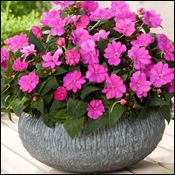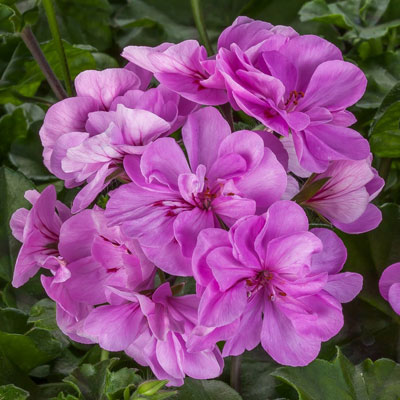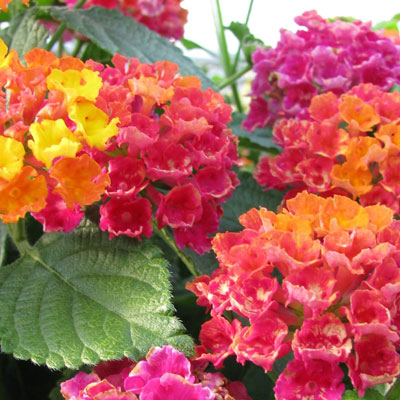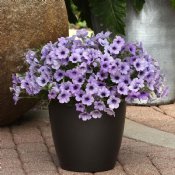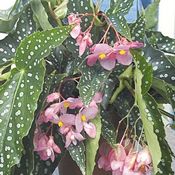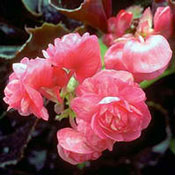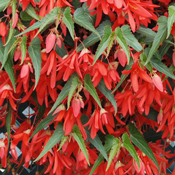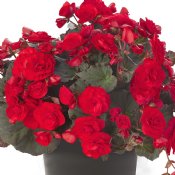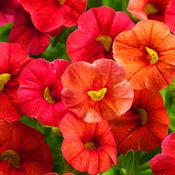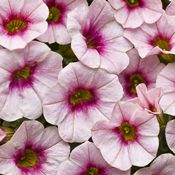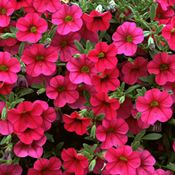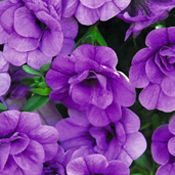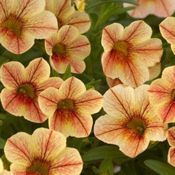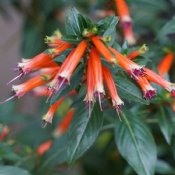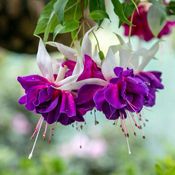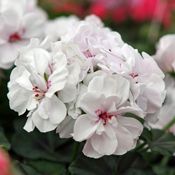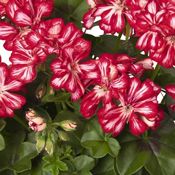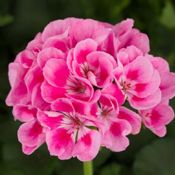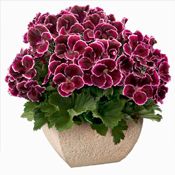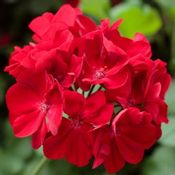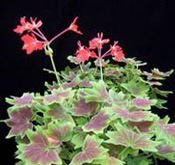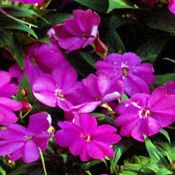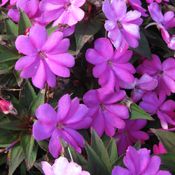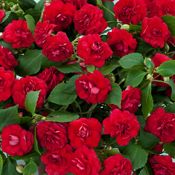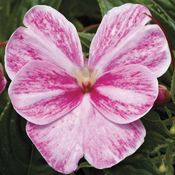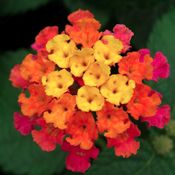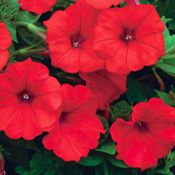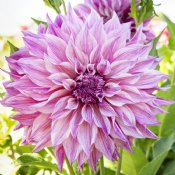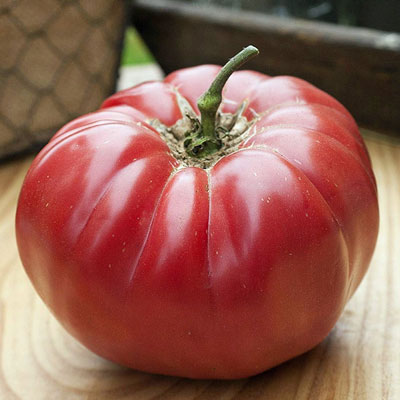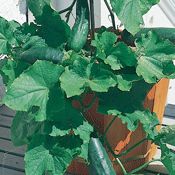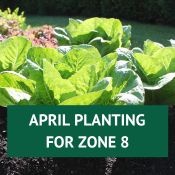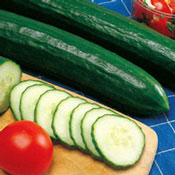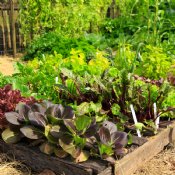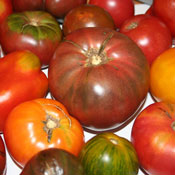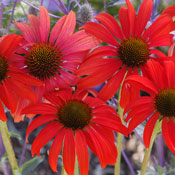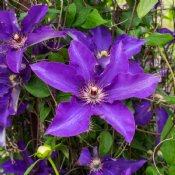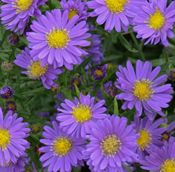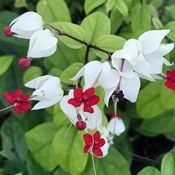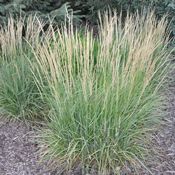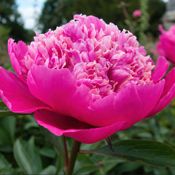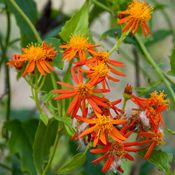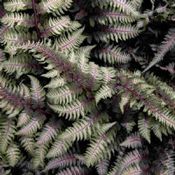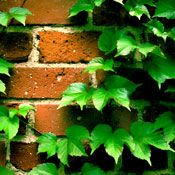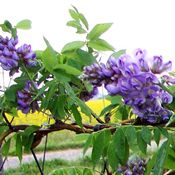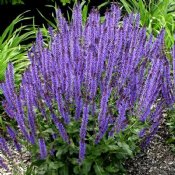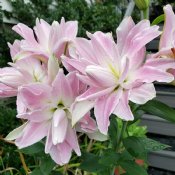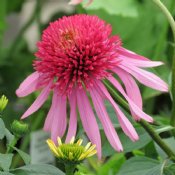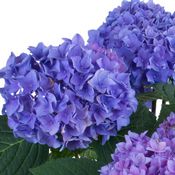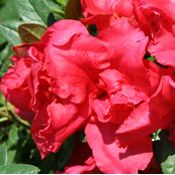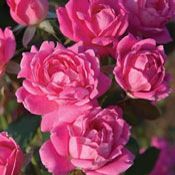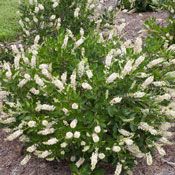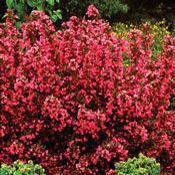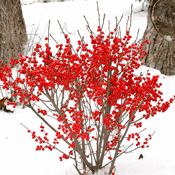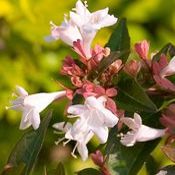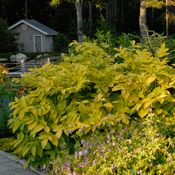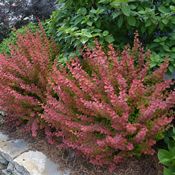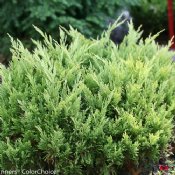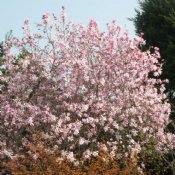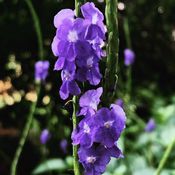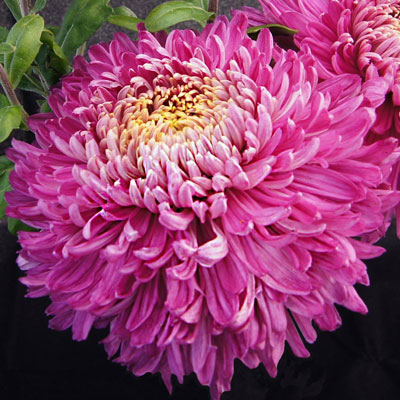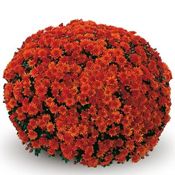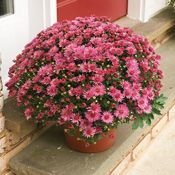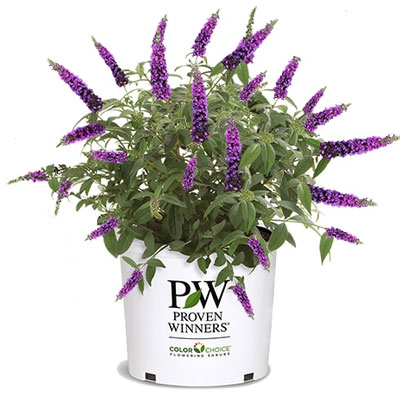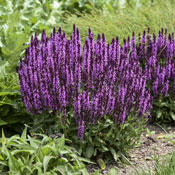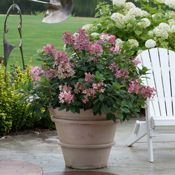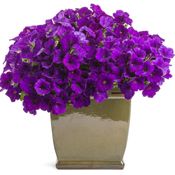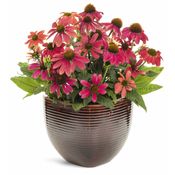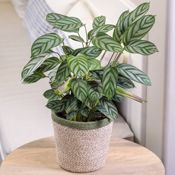Tuberous Begonias are among the most stunning and versatile blooming plants for shaded or partially shaded gardens and as an attention-getting house plant. These begonia plants are known for their intensely colored double blossoms that prefer partial to fully shaded areas of your yard and home, those places where most plants will struggle to grow. In this article we will delve into Tuberous Begonias, providing tips on their care and maintenance.
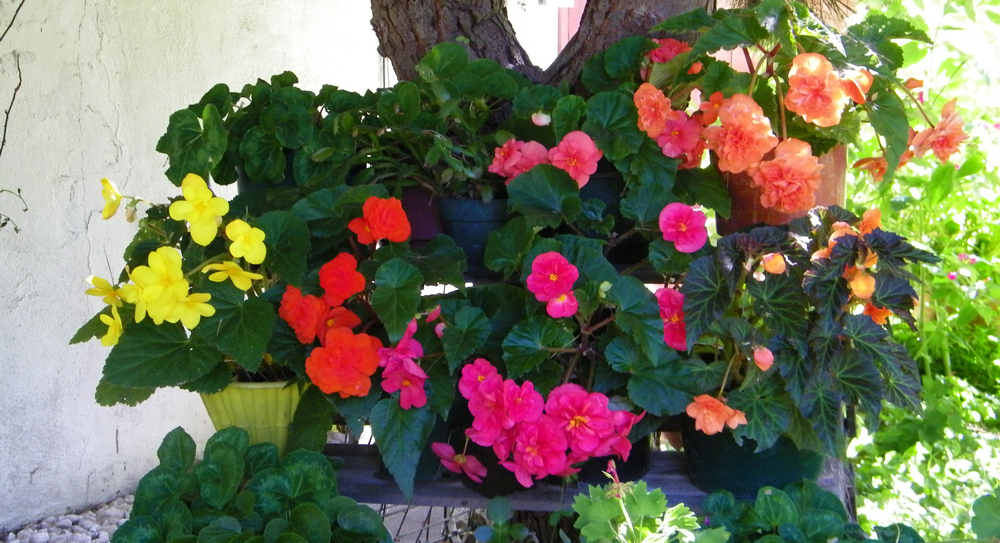
Characteristics:
Showy Blossoms: Tuberous Begonias are known for their large, showy, waxy-looking flowers growing upon thick, fleshy stems. Thriving in shade, they are available in a variety of colors and blossom sizes, some cultivars sporting smaller, more petite flowers while producing more abundant quantities of blooms.
Variety: This hybridized begonia comes in a number of shapes, from mounding to cascading. Its blossoms are largely classified as Picotee, meaning they have a fine edge that is differently colored than the main part of the flower. However, selective breeding has produced marbled petals, single, multi-shaded blossoms, and begonia plants that are particularly fragrant. You have a multitude of choices to mix and match if you choose.
For Optimal Growth:
Light: Tuberous Begonias prefer partial to full shade. Locations such as under overhangs, covered porches, or areas shielded from direct sunlight are perfect for them. It's crucial to avoid planting them in full sun; this will harm the plants. When planting indoors, they prefer a northern or eastern exposure except in the winter when the sun’s angle will allow them to thrive in a southern exposed window.
Watering: Tuberous Begonias, as is the case with all begonias, require moderate watering. As they are usually planted in filtered sunlight, begonia plants normally don’t dry out as quickly as plants growing in full sunlight. The best approach is to check the soil moisture regularly, either by feeling the soil or using a moisture meter. When the soil is dry 1/2 to 1-inch deep, then they need some water. Avoid overwatering, as this may result in root rot.
Soil: All begonias, including the tuberous variety, prefer well-draining, aerated soil. You may need to amend flowerbed soil with compost or perlite to provide adequate aeration and drainage. Indoor or in outdoor containers, use a quality potting soil and amend lightly if needed. If your begonia plant starts requiring more water than normal, within the same temperature range, your plant may be root bound and need to be repotted.

Care Tips:
Fertilizing: A weekly fertilization routine is recommended for these begonia plants. Utilize a balanced fertilizer with an NPK (Nitrogen, Phosphorous & Potassium) value of no more than 10-10-10 to encourage healthy growth and plentiful blooming. Some gardeners designate a specific day each week, such as “Fertilizer Friday,” to remember this important task. It is easy to set up on your smartphone so you are reminded every week.
Pruning and Cleaning: Pruning spent blooms and damaged foliage is crucial for maintaining the health and appearance of Tuberous Begonias. The flowers, when they begin to fade, are typically easy to remove; a slight touch will often dislodge them from the plant. It is also wise to remove any dead leaves or flowers that have dropped onto the soil in your potted plants. This will help to prevent any unwanted diseases.
Pest Control: You should check any plants outdoors on a regular basis. As pests, such as aphids, mites, and mealybugs prefer the undersides of plant leaves, examine there regularly. Be especially mindful if you’re moving your begonia plants indoors; these pests will easily migrate to your other houseplants. There are numerous organic and chemical options for pest control on the market.
Show Them Off:
Hanging Baskets or Containers: Tuberous Begonias look spectacular in hanging baskets or pots. For a 12-inch container, planting 3-5 begonia plants will result in a lush, full display. In slightly smaller, 10-inch hanging containers, 2-3 plants will create an attractive display. Group them, hang them close together at varying heights, or hang singly under covered patios or porches.
In Containers: For smaller spaces or to add interest at different levels, Tuberous Begonias can be planted in individual decorative ceramic containers or in terra-cotta pots. A single plant in a smaller pot can be just as striking as a more flamboyant display. In addition to placing them on shaded porches or patios, you can sprinkle containers throughout your shady flower beds, adding visual appeal. In the home, be sure they are placed in a northern or eastern window, unless in the winter, when the angle of the sun will allow your begonias to enjoy a southern exposed window.
Flowerbeds: Got shade? Begonia plants will thrive in shade and will provide vivid, colorful blossoms where many other plants will not flourish. Plant them among your shade-loving foliage plants, to accent a shaded flowerbed border, or in front of taller plants, like ornamental grasses that prefer shady places.
Tuberous Begonias are excellent for adding color and life to shaded areas. Their brilliantly-colored blossoms and low-maintenance nature are guaranteed to bring joy and vibrancy to any flowerbed, outdoor space, or indoor location.

